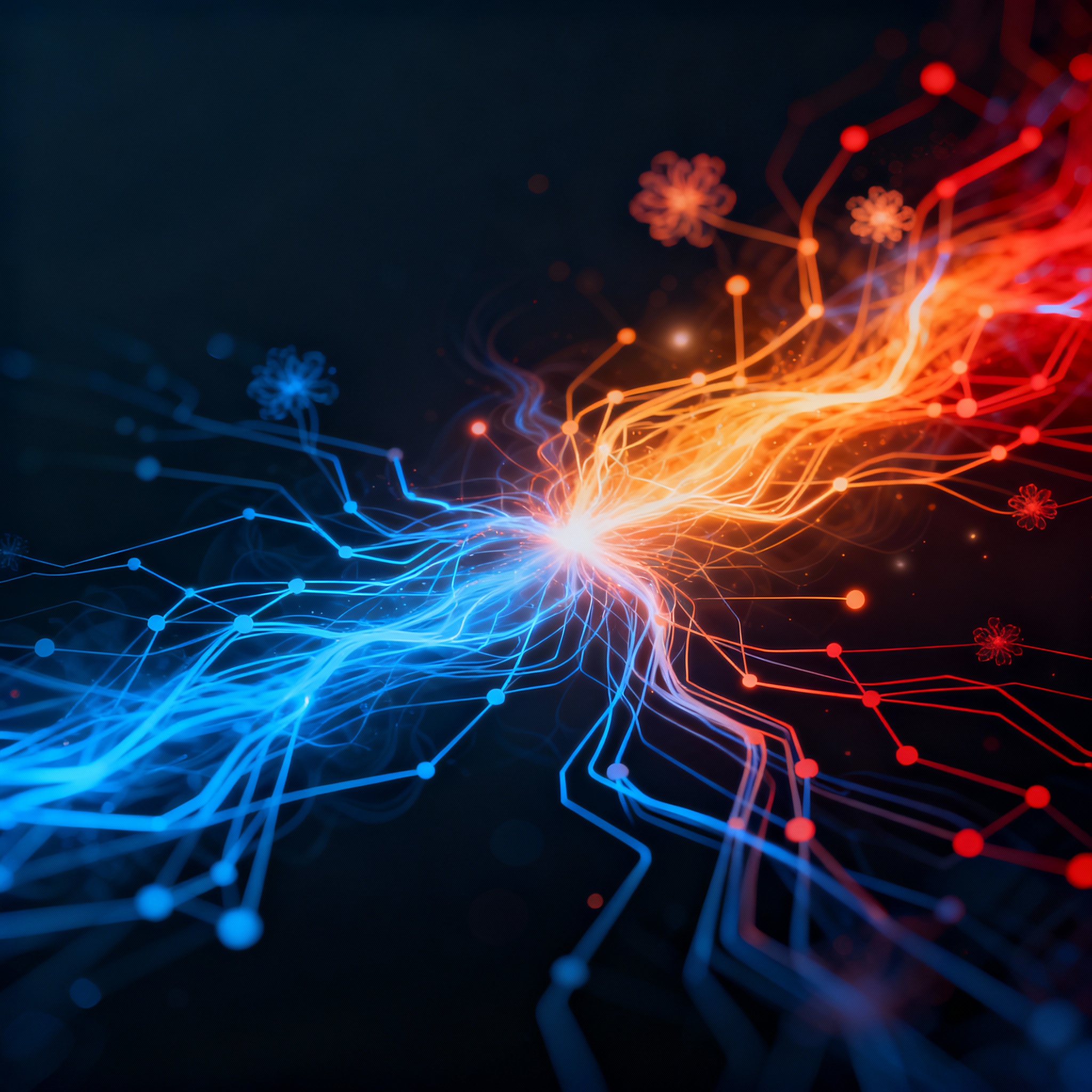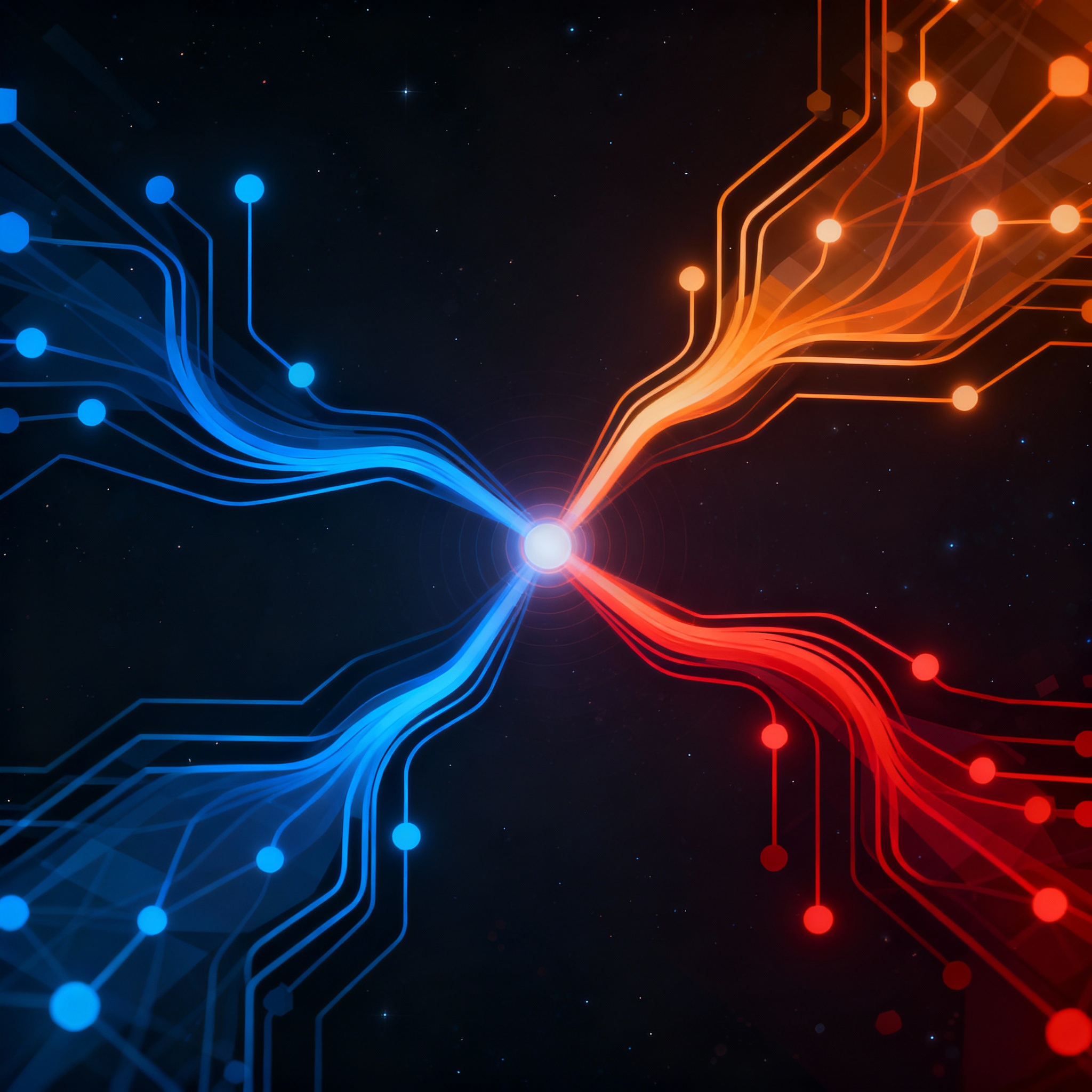
Revolutionizing Agriculture: Harnessing RAG for Advanced Crop and Soil Analysis
Revolutionizing Agriculture: Harnessing RAG for Advanced Crop and Soil Analysis
In an era where climate change and food security are pressing concerns, agriculture is turning to cutting-edge technologies to boost efficiency and sustainability. Enter Retrieval-Augmented Generation (RAG), a powerful AI framework that's making waves in crop and soil analysis. As a technical blog writer for ChatRAG—a Next.js boilerplate designed for building chatbot-agent SaaS businesses—I'm excited to dive into how RAG can empower farmers, agronomists, and agrotech startups. This post will explore the fundamentals of RAG, its applications in agriculture, real-world examples drawn from recent research, and actionable insights to get you started.
Whether you're developing an AI-powered advisory service or simply curious about agritech innovations, RAG offers a bridge between vast data repositories and actionable intelligence. Let's break it down step by step.
What is Retrieval-Augmented Generation (RAG)?
At its core, RAG is an AI technique that enhances large language models (LLMs) by integrating real-time data retrieval. Unlike traditional LLMs that rely solely on pre-trained knowledge, RAG fetches relevant information from external sources—such as databases, knowledge graphs, or documents—and uses it to generate more accurate, context-aware responses.
In agriculture, this means pulling in data on crop varieties, soil compositions, weather patterns, and pest behaviors to inform decisions. For instance, a farmer querying about a wilting crop could receive tailored advice based on the latest soil nutrient data and historical yield reports. This hybrid approach reduces hallucinations (where AI invents facts) and ensures outputs are grounded in verifiable information.
RAG's adaptability shines in dynamic fields like farming, where conditions change rapidly. By incorporating adaptive hybrid retrieval methods, as explored in research on intelligent Q&A for crop pests and diseases, RAG systems can refine queries and retrieve precise data, making them ideal for real-time agricultural consultations.
RAG in Crop Analysis: From Pest Detection to Yield Optimization
Crop analysis is one of the most promising areas for RAG applications. Farmers often face challenges like identifying diseases early or predicting yields based on environmental factors. RAG-powered systems can analyze images, sensor data, and historical records to provide insights that go beyond basic diagnostics.
Consider pest management: Traditional methods rely on manual inspections or generic advice, but RAG can augment LLMs with site-specific data. For example, a chatbot built on ChatRAG could retrieve pest outbreak patterns from a knowledge graph and generate customized treatment plans. This aligns with advancements in reasoning-driven foundation models for precision agriculture, which emphasize adaptive learning for disease and pest management.
A practical example comes from integrating RAG with multi-agent systems. Imagine a scenario where an AI agent retrieves satellite imagery of a field, cross-references it with crop health databases, and suggests interventions like targeted pesticide application. This not only minimizes chemical use but also boosts crop resilience. Recent studies, such as those on language models as experts in crop management, demonstrate how LLMs enhanced by RAG can outperform traditional agronomists in simulating management strategies, achieving higher accuracy in yield forecasts.
Actionable insight: If you're building an agrotech SaaS, start by curating a vector database of crop data. Use RAG to query this database dynamically— for instance, embedding soil moisture readings to predict irrigation needs. Tools like ChatRAG simplify this by providing boilerplate code for Next.js apps, allowing you to focus on domain-specific integrations rather than backend setup.
Enhancing Soil Analysis with RAG: A Foundation for Sustainable Farming
Soil health is the bedrock of agriculture, yet analyzing it manually is time-consuming and error-prone. RAG transforms this by enabling AI to retrieve and synthesize data from soil sensors, lab reports, and global datasets, offering farmers precise recommendations on fertilization, erosion control, and nutrient management.
One key benefit is in predictive analytics. RAG can pull from vast repositories to assess soil degradation risks, factoring in variables like pH levels, organic matter, and microbial activity. For example, a query about "optimal nitrogen levels for corn in clay soil" could retrieve the latest research and generate a personalized plan, reducing over-fertilization and environmental runoff.
This is supported by explorations in AI's role in soil health for agriculture, which highlight how machine learning models, augmented by retrieval, can monitor and improve soil ecosystems. In practice, RAG systems could integrate with IoT devices on farms, fetching real-time data to advise on cover cropping or soil amendments.
Moreover, for complex queries involving plant molecular biology, RAG ensures responses are informed by cutting-edge knowledge. Insights from what large language models know about plant molecular biology show that LLMs, when enhanced with retrieval, can delve into genetic factors affecting soil-crop interactions, such as root exudates influencing microbial communities.
Actionable insight: To implement this, developers can use RAG frameworks to build knowledge graphs of soil profiles. For a SaaS product, incorporate user feedback loops where farmers input local data, refining the model's accuracy over time. ChatRAG's architecture supports such adaptive systems, making it easier to deploy scalable chatbot interfaces for soil advisory services.
Real-World Examples and Case Studies
Let's ground this in reality with examples from recent research. In China, researchers have developed RAG-based Q&A systems for crop pests, using adaptive retrieval to handle diverse farmer queries. As detailed in an adaptive hybrid retrieval-enhanced LLM for crop pest Q&A, this method improves response relevance by rewriting queries and enhancing them with knowledge graphs, leading to faster pest identification and reduced crop losses.
Similarly, multi-agent LLMs are being applied in agriculture for holistic farm management. A study on multi-agent large models in agriculture outlines how these systems coordinate tasks like soil testing and crop rotation planning, with RAG ensuring data-driven decisions. In one simulated case, agents analyzed soil samples and recommended biofertilizers, increasing yields by up to 15%.
On the innovation front, projects like Agro-Bot leverage artificial neural networks (ANN) and natural language processing (NLP) alongside RAG principles to revolutionize advisory services. According to Agro-Bot's approach to agricultural advisories, farmers in rural areas can access voice-based queries on soil fertility, bridging the digital divide.
These examples illustrate RAG's versatility. For agrotech entrepreneurs, integrating such systems via platforms like ChatRAG can accelerate time-to-market, allowing you to prototype a crop analysis bot in weeks rather than months.
Benefits, Challenges, and Best Practices
The benefits of RAG in agriculture are clear: increased accuracy, cost savings, and sustainability. By reducing reliance on broad-spectrum chemicals through precise analysis, farms can lower environmental impact while optimizing resources. Economically, RAG-driven insights can boost yields by 10-20%, as seen in various studies.
However, challenges exist. Data quality is paramount—garbage or outdated sources can lead to poor recommendations. Privacy concerns also arise with farm-specific data. To mitigate this, use secure retrieval mechanisms and anonymized datasets.
Best practices include starting small: Pilot RAG on a single aspect, like soil pH analysis, before scaling. Incorporate feedback mechanisms for continuous improvement, and ensure interoperability with existing farm tech like drones or sensors.
For developers, frameworks like those in ReG-RAG for enhanced Q&A provide blueprints for query rewriting and knowledge enhancement, which can be adapted for agricultural contexts.
Conclusion: Key Takeaways for the Future of Agritech
RAG is poised to redefine crop and soil analysis, making precision agriculture accessible and effective. By blending retrieval with generative AI, we're empowering farmers to make data-backed decisions that enhance productivity and sustainability.
Key takeaways:
- Adopt Adaptive Retrieval: Use RAG to fetch real-time data for accurate crop and soil insights.
- Leverage Research-Backed Methods: Draw from studies on pest management and soil health to build robust systems.
- Build with Scalable Tools: Platforms like ChatRAG enable quick development of AI chatbots tailored for agrotech needs.
- Focus on Sustainability: Prioritize applications that minimize environmental impact through precise analysis.
- Iterate and Innovate: Start with prototypes, incorporate user feedback, and scale for global impact.
As agritech evolves, RAG will be at the forefront, turning data into actionable wisdom for a greener future.
Ready to build your AI chatbot SaaS?
ChatRAG provides the complete Next.js boilerplate to launch your chatbot-agent business in hours, not months.
Get ChatRAGRelated Articles

Mastering Internal Knowledge: How RAG Powers Enterprise Documentation Search
In today's data-driven enterprises, sifting through vast internal documentation can be a major bottleneck. Retrieval-Augmented Generation (RAG) emerges as a game-changer, combining AI retrieval with generation to deliver accurate, relevant responses. This guide dives into implementing RAG for efficient knowledge management.

Streamlining Scholarly Scrutiny: RAG's Impact on Manuscript Review in Publishing
In the fast-paced world of academic publishing, reviewing manuscripts can be a daunting task fraught with information overload. Retrieval-Augmented Generation (RAG) emerges as a game-changer, combining AI's generative power with targeted data retrieval to enhance accuracy and efficiency. This post delves into how RAG streamlines the review process, from literature verification to constructive feedback.

Streamlining Patient Records: The Power of RAG in Modern Healthcare Management
In the fast-paced world of healthcare, managing patient records efficiently is crucial for quality care. Retrieval-Augmented Generation (RAG) combines large language models with real-time data retrieval to provide contextually accurate information. This post delves into how RAG can transform record management, backed by recent research and practical examples.